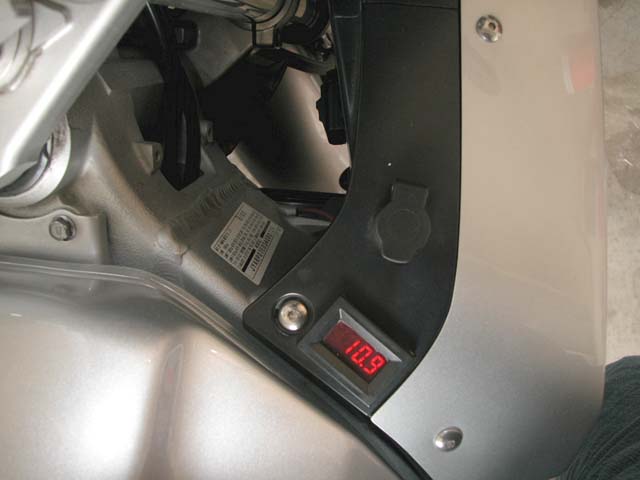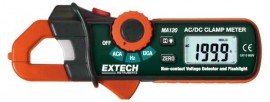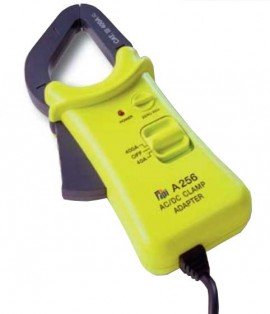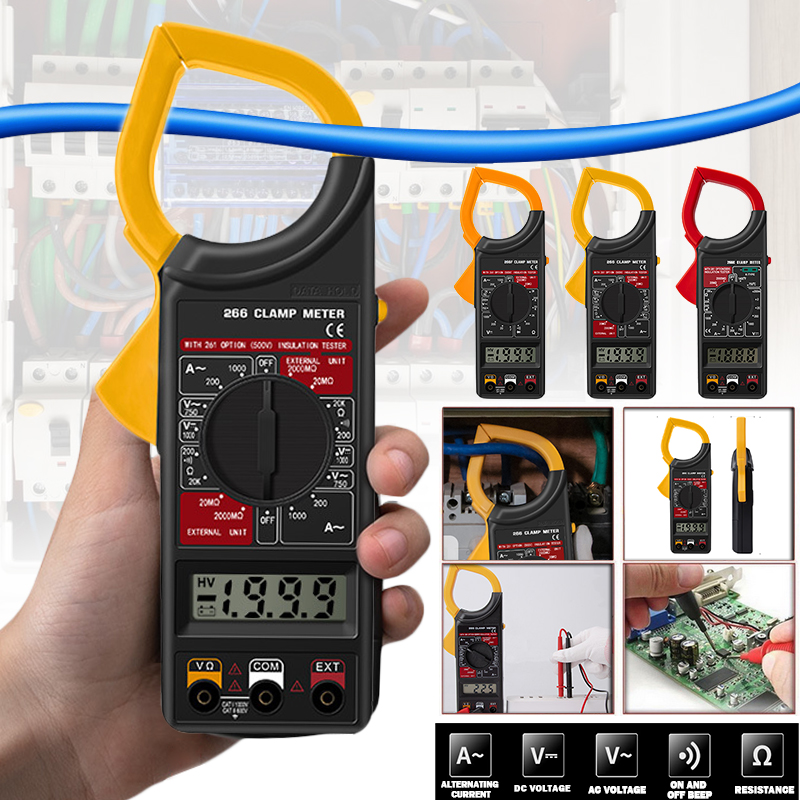Auburn
Well-known member
the 06, 07 will benefit greatly from a Ivan Performance ECU reflash (About $350). Stops the jerky throttle, and smooths out the performance greatly.

By all means, charge the battery and get it load tested. If it is weak cranking, there is a fair chance that it is the starter motor - especially if the problem occurs when it is hot. The best check for that is to measure the starting current using a clamp-on DC Ammeter. Should be below 80 amps.I did replace the K&N with a stock unit. Have a charging issue or a bad battery. Wouldn't start after gassing up. Luckily close to home. Haven't had the time to firgure it out yet...
ALL Fjrs have a charging system with little reserve for accessories. It's easy to add enough that, when at idle or commuter-congestion speeds, the alternator can't keep up. Many add some form of volt meter so they can monitor it.Yes, I had been riding for over an hour. When I went to re-start after gassing up, it didn't have enough juice to turn over the engine. Just click click click, or a very sluggish almost turn over then a click, then, after a few tries, noting, not even a click. Truth is the battery age and condition are unknown, and as documented elsewhere, there were other maintenance related issues with this bike. I am thinking getting a fresh battery and trying that first (?).

Agree with your summary, the gen 1 to me was the best I have ever ridden, lighter, shorter wheel base, no linked breaks or ABS. With an Ohlins up grade I can honestly say I would trade my gen 2 tomorrow for a low mileage mint condition gen 1.For a 'First model' the 2003 (2002 in EU) was a marvel of engineering! Lightest and fastest (and prettiest) of all FJRs due to higher gearing and less weight. Very few 'tickers' otherwise NO issues.
The 2006 was a Gen2 'First model' and many of the 'improvements' needed improvement. Throttle was jerky, Jbox recall, ABS added ...therefore heavier and slower but still works better than 90% of other bikes out there.
I also own the 2013 Gen 3 'First model' and it's got everything improved (but the 6th gear) and everything works! Still heavier and maybe slower but new gearing and ride modes with heated grips and CC make me forget about everything but FUN!!!



Enter your email address to join: